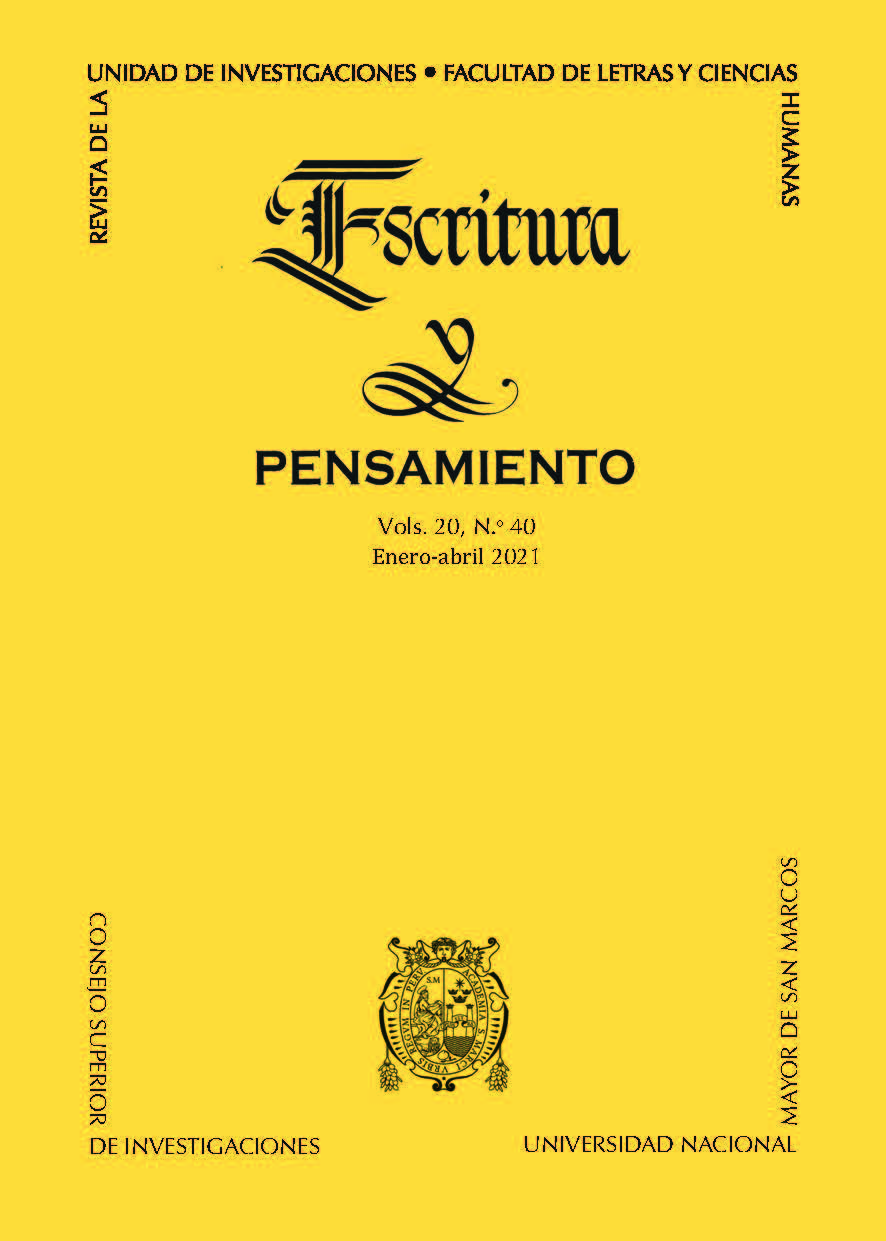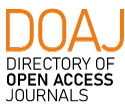Substratistic presence of Aimara in Arequipa: About the legacy of Miguel Ángel Ugarte Chamorro
DOI:
https://doi.org/10.15381/escrypensam.v20i40.20071Keywords:
dialectology, morphology, linguistic borrowings, quechuisms, aimarismsAbstract
The knowledge of the language, its history and idiomatic filiation is an academic adventure full of surprises; in the Peruvian south and due to the confluence of languages in time, it has characteristics that we make available to specialists. This variety will be enriched, recreating a special morphology: quechua-Spanish, quechua-aimara, aimara-quechua, aimara-puquina. Arequipa Spanish is the result of the quechua, aimara and puquina substratum in the speech of the farmers in the different valleys of the region, possible words which are not yet accepted by academia. Many glosses were recorded by Dr. Ugarte, a master from Arequipa, first as Arequipeñismos and then in a comprehensive manner under the name of 'Vocabulario de peruanismos', posthumously. We will allow ourselves to examine Ugarte's contributions in the light of the new knowledge in andinistics, considering the register used by our honoree.
References
Anónimo (2014 [1586]). Arte y vocabvlario en la lengva general del Perv´. (Edición interpretada y modernizada por Rodolfo Cerrón-Palomino). Lima: PUCP.
Ballón Aguirre, E. (2013). Etnónimos sur-peruanos (hipótesis de trabajo). Bol. Acad. peru. leng. 55. 2013 (119-188). <http://revistas.apl.org.pe/index.php/boletinapl/article/view/116/78>
Bertonio, L. (1984 [1612]). Vocabvlario de la lengua aymara. Cochabamba: CERES e IFEA.
Cerrón-Palomino, R. (2003). Castellano andino. Lima: PUCP.
Cerrón-Palomino, R. (2000). Lingüística aimara. Cuzco: Centro de Estudios Regionales Andinos “Bartolomé de las Casas”.
Cerrón-Palomino, R. (1987). Lingüística quechua. Cuzco: Centro de Estudios Regionales Andinos “Bartolomé de las Casas”.
Cervantes Saavedra, M. (2019 [1827]). El ingenioso hidalgo don Quijote de la Mancha. Madrid. <https://cvc.cervantes.es/literatura/clasicos/quijote/edicion/parte2/cap40/ cap40_02.htm>
Deza Galindo, J. (1989). Diccionario Aymara-Castellano-Castellano-Aymara. Lima: Concytec.
Gonçález Holguín, D. (1952 [1608]). Vocabvlario de la lengva general de todo el Perv llamada lengva qquichua o del Inca. Lima: UNMSM.
Hardman, M. (1988). Aymara: compendio de estructura fonológica y gramatical. La Paz: Gramma impresión.
Huayhua Pari, F. (2009). Diccionario bilingüe polilectal aimara-castellano/castellano-aimara. Lima: Fondo Editorial de la UNMSM.
Itier, C. (2017). Diccionario quechua sureño castellano. Lima: Editorial Commentarios.
Parker, G y Chávez, A. (1976). Diccionario quechua Ancash-Huaylas. Lima: Ministerio de educación.
Religiosos Franciscanos (2015 [1905]). Vocabulario Políglota Incaico (con voces del Kechua del Cuzco, Ayacucho, Junín, Ancash, y del Aymara). Puno: Editorial Altiplano.
Santo Thomas, D. (1951 [1560]). Lexicón, o Vocabulario de la Lengua General del Perú. (Reproducción facsimilar). Lima: Imprenta Santa María.
Torero Fernández de Córdova, A. (2007). El quechua y la historia social andina. Lima: Fondo Editorial del Pedagógico San Marcos.
Ugarte Chamorro, M. (1997). Vocabulario de peruanismos. Lima: Fondo Editorial de la UNMSM.
Vida, M., Ávila, A., & Carriscondo, F. (2016). Manual práctico de sociolingüística. España: Editorial Síntesis.
Downloads
Published
Issue
Section
License
Copyright (c) 2021 Richard Huamán Flores

This work is licensed under a Creative Commons Attribution 4.0 International License.
AUTHORS RETAIN THEIR RIGHTS:
a. The authors retain their trademark and patent rights, and also over any process or procedure described in the article.
b. The authors retain the right to share, copy, distribute, execute and publicly communicate the article published in the Escritura y Pensamiento (for example, place it in an institutional repository or publish as part a book), with acknowledgment of its initial publication by Escritura y Pensamiento.
c. Authors retain the right to make a subsequent publication of their work, to use the article or any part of it (for example: a compilation of their work, lecture notes, thesis, or for a book), provided that they indicate the source of publication (authors of the work, journal, volume, number and date).













